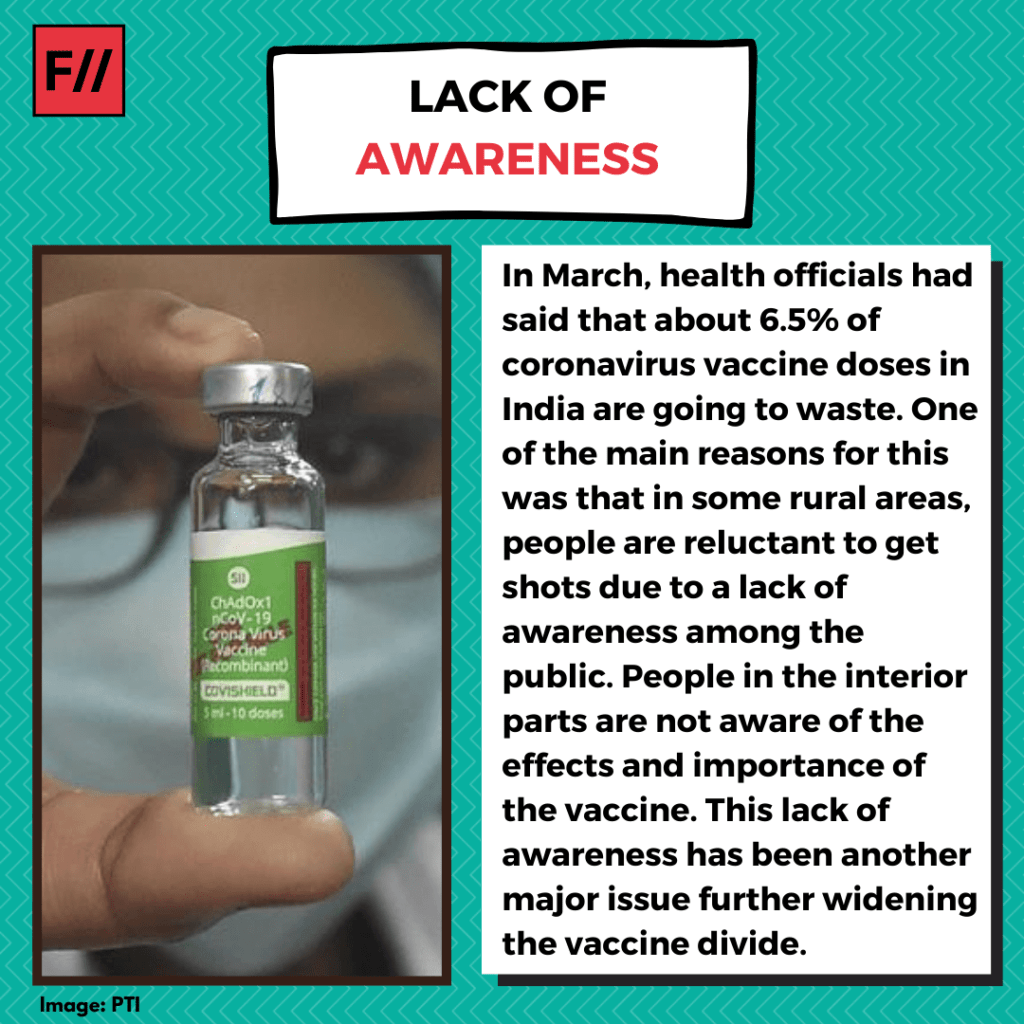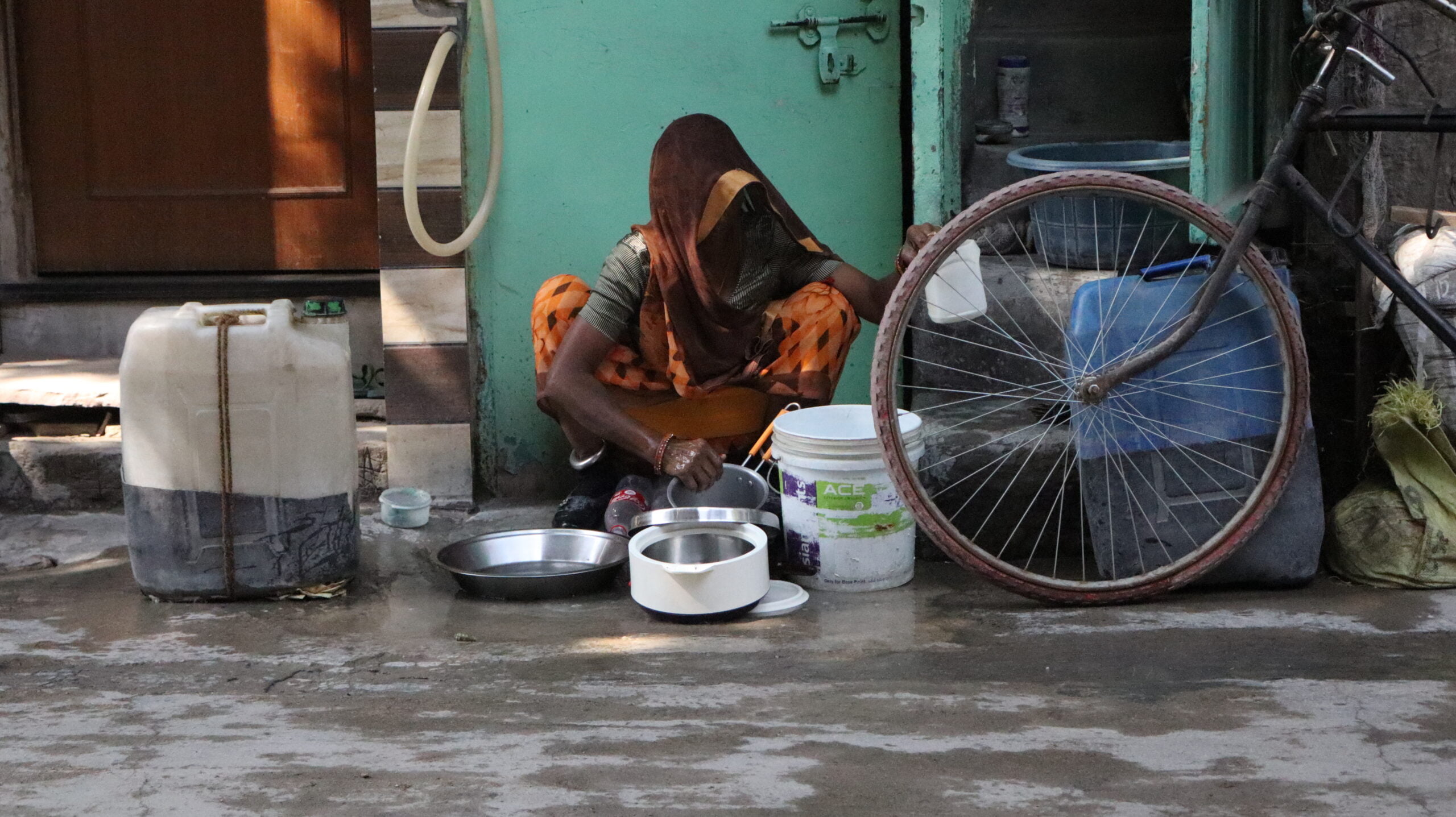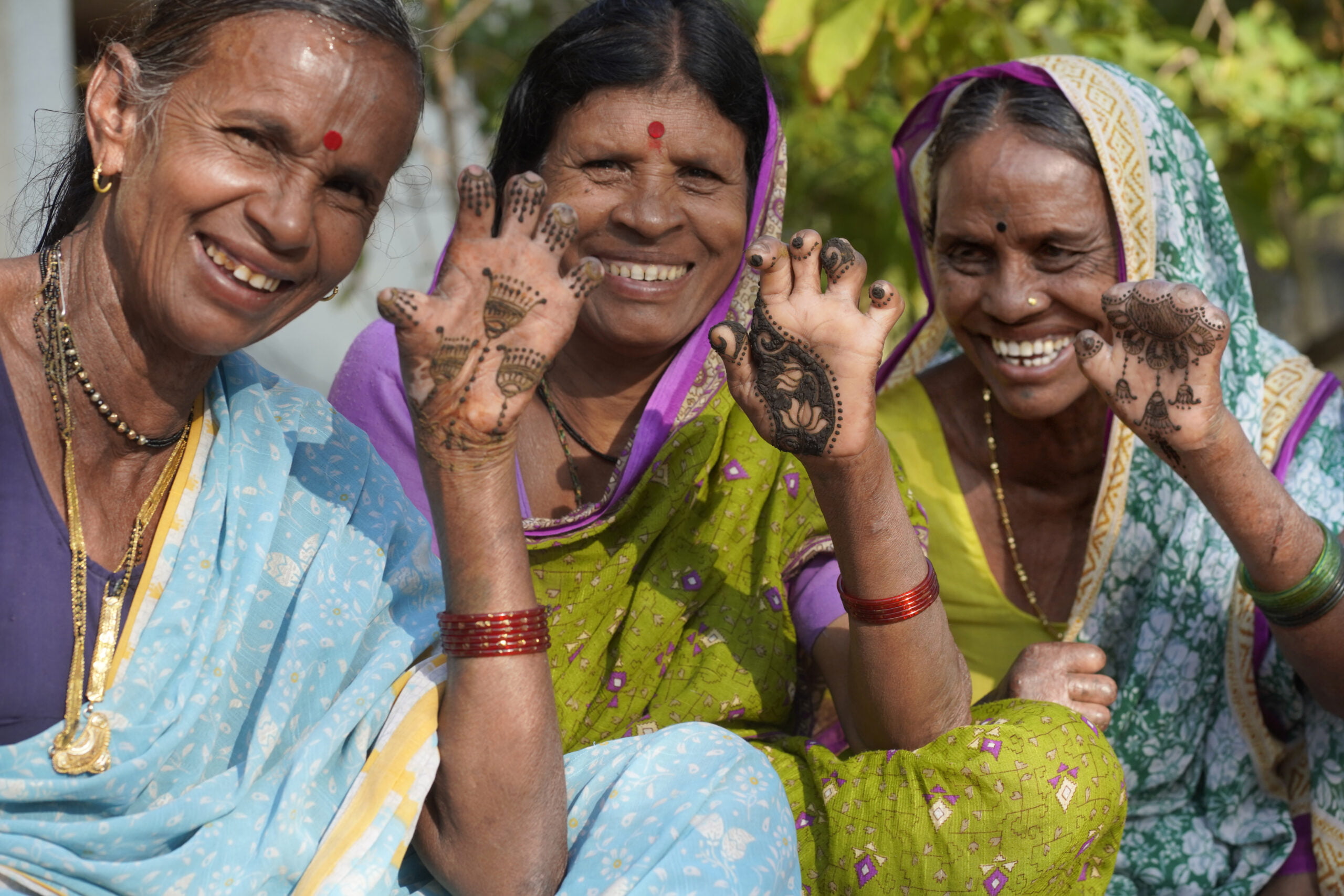India’s ongoing Covid-19 vaccination drive has been disorganised and inaccessible, to say the least. The vaccine drive has completely overlooked class-caste divide, and inaccessibility is at the core of it. Be it registering online, getting an appointment, or even availability of vaccines, the process has excluded those at the margins. In this series we take a look at how India’s class-caste divide is furthering Covid-19 vaccine inequality!
The problems of India’s vaccination drive
India’s ongoing Covid-19 vaccination drive has been disorganised, irresponsible and inaccessible to say the least. The vaccine drive has completely overlooked class-caste divide, and inaccessibility is at the core of it. A report said that at the Central government-run Ram Manohar Lohia Hospital in Delhi, 90% of the vaccine beneficiaries belonged to the middle class and upper-middle class.

Gaping class divide
India’s Covid-19 vaccination drive has opened up a visible and gaping class divide that exists within the roots of the system. Be it registering online, getting an appointment, or even availability of vaccines, the process has excluded those at the margins and only serves the wealthy upper class.

The tech divide
When the vaccination drive for people between the 18-45 age group was opened up on May 1, online registration was made mandatory. This could only be done via the CoWIN website, Aarogya Setu App and UMANG App. Online registration is leading to the exclusion of the poor who lack smartphones and access to the internet. Which means once again only a select few who had the access and the privilege could avail the vaccines.

Also read: CoWIN App & The Survival Of The Fittest (And Fastest) In India’s Vaccine Drive
Private healthcare and vaccine
During the second wave of Covid-19 the gaping hole in the healthcare system in India could be seen and felt across all states. While government hospitals are offering vaccines for free, private hospitals have been allowed to charge. Furthermore, the number of vaccination centres is higher in the cities as compared to the rural districts. For the wealthy and privileged, accessing the vaccine has been easier because they can pay for it.

Also read: Gasping For Breath: The Problems Of Private Healthcare In India
Caste and Healthcare
In India, discrimination on the basis of caste is deeply mired in society. Caste discrimination in healthcare is also widely known. In towns and rural districts, often people from the marginalised communities are either unable to get treatment or refused. According to an ethnographic study published in the Economic and Political Weekly, caste discrimination is obvious in terms of health care infrastructure in rural India.

Lack of Awareness
In March health officials had said that About 6.5% of coronavirus vaccine doses in India are going to waste. One of the main reasons for this was that in some rural areas, people are reluctant to get shots due to a lack of awareness among the public. People in the interior are not aware of the effects and importance of the vaccine. This lack of awareness has been another major issue widening the vaccine divide.

Also read: How India’s Class Divide Is Accelerating Country’s COVID Vaccine Inequity
Political Tussle Widens Vaccine Gap
The centre has asked the states to procure and distribute the vaccine on their own. Amidst the sale of vaccines in the open market the states have struggled to meet the demands. The rural and marginalised population of India still awaits its first dose. Meanwhile, urban populations have not only booked their slots but have also been travelling to the villages to avoid the rush of city vaccination centres. The inequality and inaccessibility remains severe.

About the author(s)
Shriya is a former student of literature and a multimedia journalist with an interest in sports and human rights. She can be found watching Shah Rukh Khan movies or listening to Ali Sethi and 90s Bollywood songs. She enjoys a good cup of black coffee multiple times a day and is often compared to 'Casper, the friendly ghost'.




